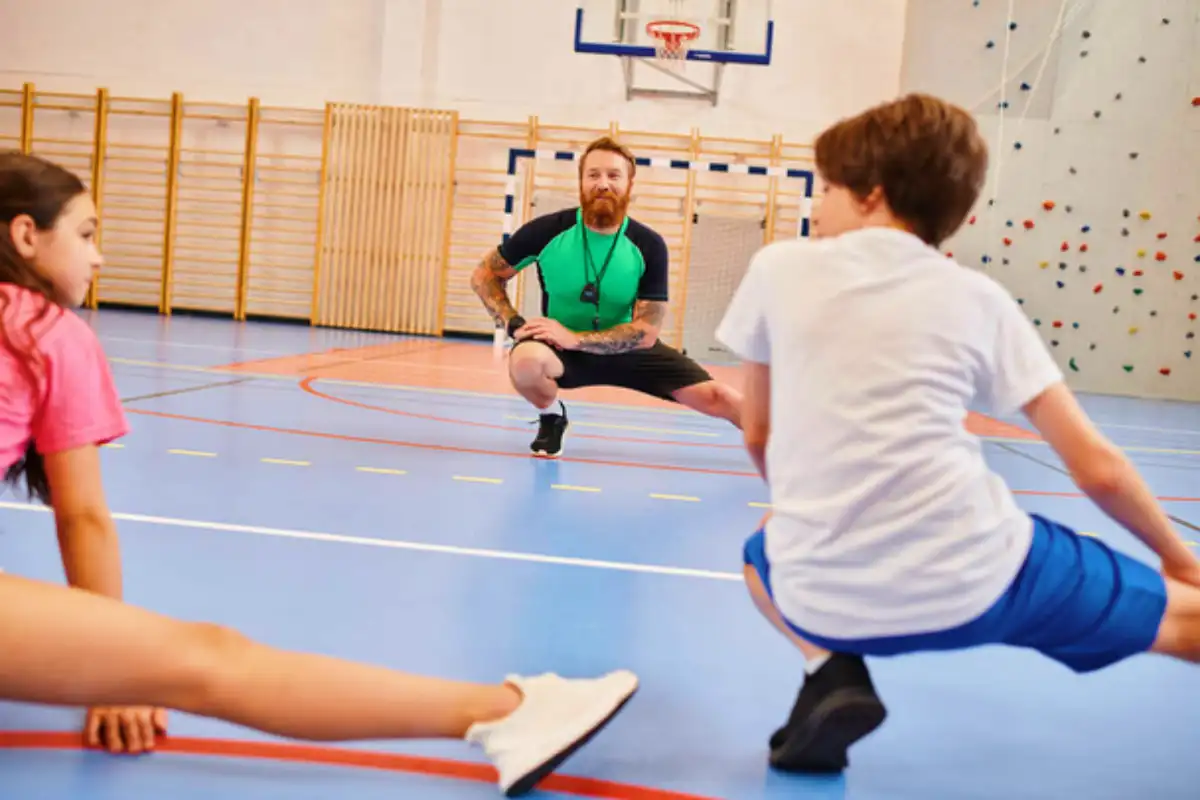How to Make Your Body Feel Relaxed
In today’s fast-paced world, stress and tension have become an unavoidable part of daily life. Whether it’s due to work pressure, personal responsibilities, or simply the overwhelming demands of modern society, our bodies often bear the brunt of stress. However, learning how to relax and release tension is essential for maintaining physical health and mental well-being. In this article, we will explore effective methods to help your body feel relaxed and rejuvenated.
1. The Importance of Relaxation
Relaxation is not just about feeling good—it is essential for overall health. Chronic stress can lead to physical symptoms such as headaches, muscle tension, fatigue, and even serious conditions like heart disease or high blood pressure. By incorporating relaxation techniques into your daily routine, you can improve your quality of life, enhance productivity, and reduce the risk of stress-related illnesses.
2. Physical Techniques to Relax the Body
A. Deep Breathing Exercises
One of the simplest yet most effective ways to relax is through deep breathing. When you take slow, deep breaths, it signals to your brain that it is time to relax, which in turn slows your heart rate and lowers blood pressure.
How to Practice Deep Breathing:
- Find a quiet place and sit or lie down comfortably.
- Inhale deeply through your nose for about four seconds.
- Hold your breath for four seconds.
- Exhale slowly through your mouth for four to six seconds.
- Repeat for a few minutes until you feel more relaxed.
B. Progressive Muscle Relaxation (PMR)
PMR is a technique that involves tensing and then slowly relaxing each muscle group in your body. It helps release stored tension and increases awareness of physical sensations.
How to Practice PMR:
- Start with your toes and work your way up to your head.
- Tense each muscle group for five seconds and then release.
- Focus on the sensation of relaxation in each muscle.
- Repeat the process as needed.
C. Stretching and Yoga
Stretching and yoga not only improve flexibility but also help release muscle tension and promote relaxation. Certain yoga poses, such as Child’s Pose or Forward Fold, encourage deep breathing and a sense of calm.
Simple Stretches for Relaxation:
- Neck stretches to relieve tension from sitting too long.
- Shoulder rolls to ease tightness.
- Seated forward bends to relax the lower back.
3. Mental and Emotional Relaxation Techniques
A. Meditation and Mindfulness
Meditation helps calm the mind and reduce anxiety. Practicing mindfulness allows you to stay present and let go of worries about the past or future.
How to Meditate for Relaxation:
- Sit comfortably in a quiet place.
- Close your eyes and focus on your breath.
- If your mind wanders, gently bring your focus back to your breathing.
- Start with five minutes and gradually increase the duration.
B. Listening to Calming Music
Music has a powerful impact on our emotions. Listening to soft instrumental music, classical compositions, or nature sounds can significantly reduce stress and promote relaxation.
C. Journaling and Expressing Emotions
Writing down your thoughts and emotions can help clear your mind and provide a sense of relief. Journaling allows you to process your feelings and gain perspective on stressful situations.
4. Lifestyle Changes for Long-Term Relaxation
A. Prioritize Sleep
Getting enough sleep is essential for relaxation and recovery. Poor sleep can increase stress levels and make it harder for your body to relax. Establishing a bedtime routine, limiting screen time before bed, and creating a comfortable sleep environment can improve sleep quality.
B. Maintain a Healthy Diet
Certain foods can help the body relax. Magnesium-rich foods like bananas, almonds, and spinach help regulate muscle function and reduce stress. Herbal teas such as chamomile or lavender have calming effects. Avoiding caffeine and processed foods can also improve relaxation.
C. Engage in Enjoyable Activities
Hobbies like reading, painting, or spending time in nature help distract from stress and bring joy. Engaging in activities that make you happy is an excellent way to promote relaxation.
5. Social and Environmental Relaxation
A. Spend Time with Loved Ones
Spending time with friends and family provides emotional support and can help reduce stress. Laughing, talking, or simply being around positive people can improve overall well-being.
B. Create a Relaxing Environment
Your surroundings play a significant role in how relaxed you feel. Decluttering your space, using soft lighting, and incorporating calming scents like lavender or eucalyptus can create a more peaceful atmosphere.
C. Take Breaks from Technology
Constant notifications and screen time can increase stress. Taking regular breaks from electronic devices, especially before bedtime, can help your body and mind unwind.
Conclusion
Relaxation is essential for maintaining both physical and mental well-being. By incorporating simple techniques such as deep breathing, stretching, meditation, and maintaining a healthy lifestyle, you can effectively manage stress and promote relaxation. Taking small steps every day to prioritize relaxation will lead to a healthier, happier life. So, take a deep breath, unwind, and give your body the relaxation it deserves.
